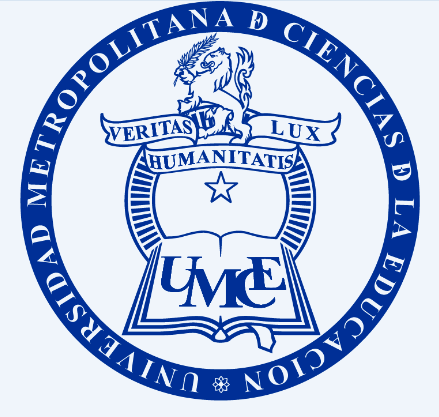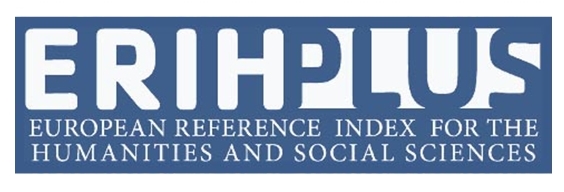Main Article Content
May 9, 2017
Abstract
La introducción en el siglo pasado del enfoque comunicativo, en la década de los setenta, constituyó probablemente el más significativo avance para los procesos asociados a la enseñanza-aprendizaje de lenguas extranjeras, particularmente del inglés. Ciertamente, su implementación a nivel mundial ha contribuido a que el inglés se haya posicionado como la lengua de la globalización en el siglo XXI y que, según numerosas fuentes, sea utilizado en la actualidad en diversos ámbitos por más de un billón y medio de personas en todo el mundo, ya sea de forma instrumental o profesional (ver, por ejemplo, Crystal 2000).
No obstante, a diferencia de enfoques anteriores, su inspiración heterogénea, así como su definición teórico-conceptual indeterminada, haría que este tuviera un sinnúmero de interpretaciones y aplicaciones, otorgando una mayor preponderancia al componente “significativo” del lenguaje, en desmedro del “estructural”. El devenir de este enfoque estuvo caracterizado por lo que algunos han denominado la visión inicial de los setenta, tal como se interpretaba en sus formulaciones iniciales (Wilkins 1976 y Widdowson 1978), pasando por una visión más absolutista (Krashen 1981,1985) y luego, relacionado con lo que se denominó el tabú gramatical (Garret 1986), para finalmente aproximarse a visiones más balanceadas, a partir de las contribuciones de Canale y Swain (1980), Littlewood (1981) yWillis (1996).
Downloads
Policies for open access journals
Authors who publish here accept the following terms: Authors will keep their copyright and will guarantee the journal the right to the first publication of their work, which will be subject to the Licence of Creative Commons acknowledgement, which allows for the use of this material only if the authorship is credited and the original source is acknowledged (the journal’s URL), and if it is not used with commercial ends and with any derivations of the original work.
Authors may adopt other non-exclusive license agreements of distribution of the published version (e.g. to save it onto a digital institutional archive or publish it in a monographic volume) only if the initial publication of this journal is indicated.
It is permitted and recommended for authors to divulge their work on the Internet (e.g. institutional digital archives or webpage) before and during the submission process, which may lead to interesting exchanges and increase the citations of the publication. (See Open Access Effect).






